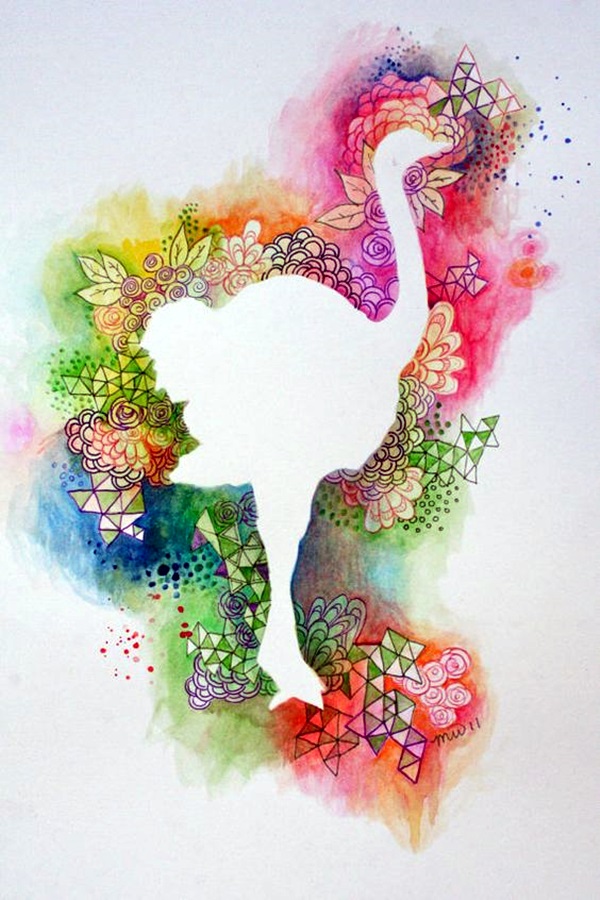

For example, element 1 is hydrogen, element 2 is helium, element 3 is lithium, element 8 is. We can also name elements using their atomic numbers. Some of these names are familiar to us, such as nitrogen and sodium, and some are less familiar, such as dysprosium and roentgenium. Please note, this post includes Amazon affiliate links. Element Names and Numbers All of the elements have been named. to add interest to a drawing or painting. Line Variation - the use of a variety of line including width, length, texture, thickness, etc. Line is perhaps the most basic element of drawing. Knowing the tools not only improves students’ studio art skills and gives them deeper appreciation when viewing artworks, it helps make them better, more informed citizens and prepares them for a visually complex and culturally interconnected modern world in need of creative problem solvers.īelow you’ll find an explanation of each of the principles of design, including artwork examples and links to helpful materials for teaching the individual concepts. In terms of art, line can be described as a moving dot. The elements are listed in the order in which they appear in the periodic table the first elements have the. Here's a gallery of pictures of the pure elements, so you can see what they look like. Most of the chemical elements you encounter every day are combined with other elements to form compounds. The elements and principles of design are an artist’s toolbox. Chemical Element Pictures - Photo Gallery. Art inspires higher level thinking, focus, a growth mindset, visual literacy, curiosity, respect, and connection. The elements and principles of art are a lens through which to view and understand art, but they are not what makes art education vital. I once said that I hate the elements and principles of art, but that’s not quite accurate. Teaching the Elements of Art and Principles of Design In the age of the internet, understanding how and why advertisers make design decisions can empower students with information and make them less susceptible to manipulation. Connecting with art makes us more empathetic and strengthens the fabric of society. When viewers are familiar with the elements of art, they become more aware of the details and can better appreciate what they see and the message behind it.

Artists and creators make more powerful works when they utilize the principles of art. Knowing the elements and principles of art boosts visual literacy. Why are the Elements and Principles of Art Important? When combined, they produce a complete artistic vision. The principles of design are how those building blocks are arranged: contrast, rhythm, proportion, balance, unity, emphasis, movement, and variety. They are the ways an artist can organize the elements of art to create a wide range of effects.Įach of these art fundamentals are closely related and many of them overlap.


 0 kommentar(er)
0 kommentar(er)
